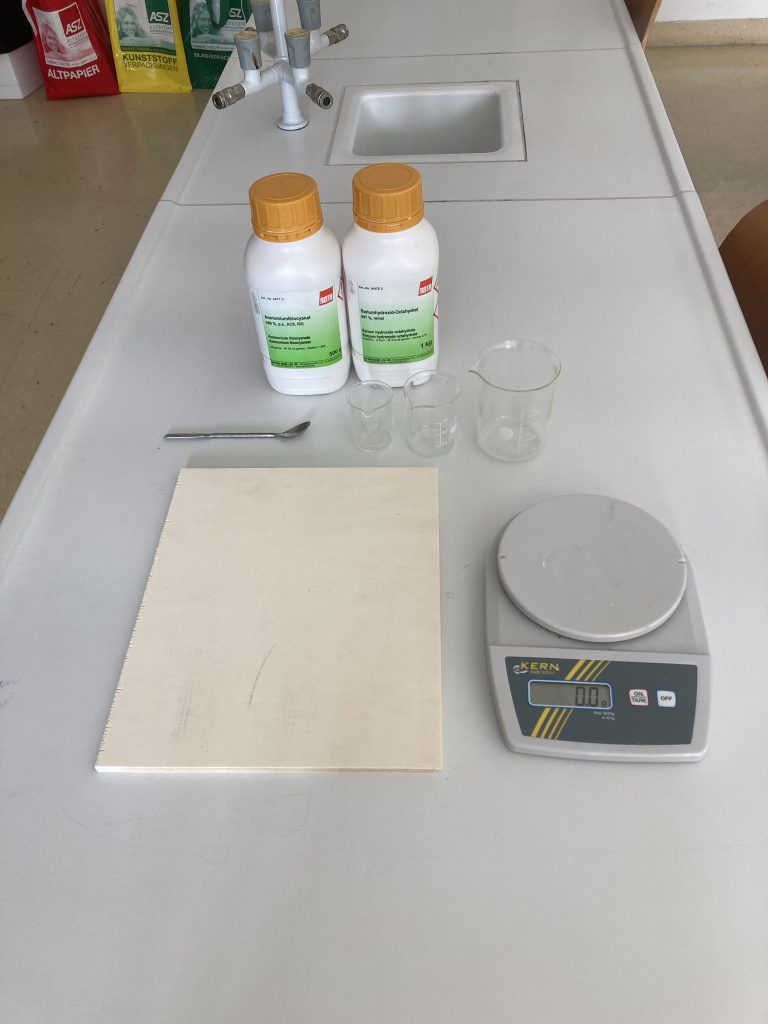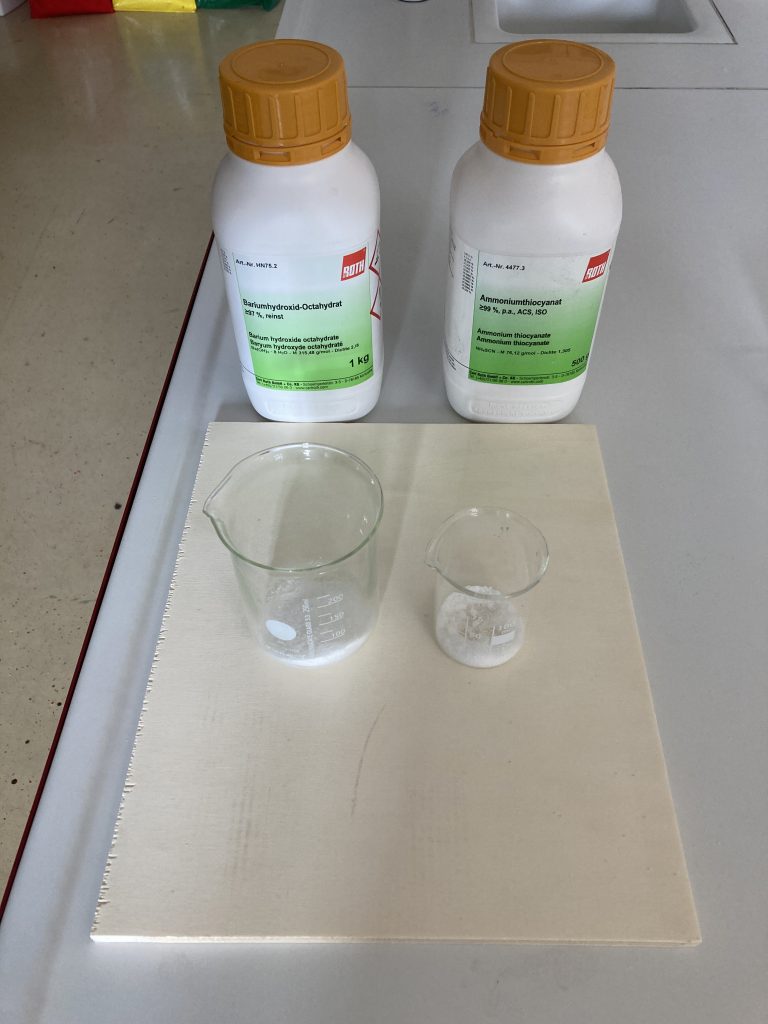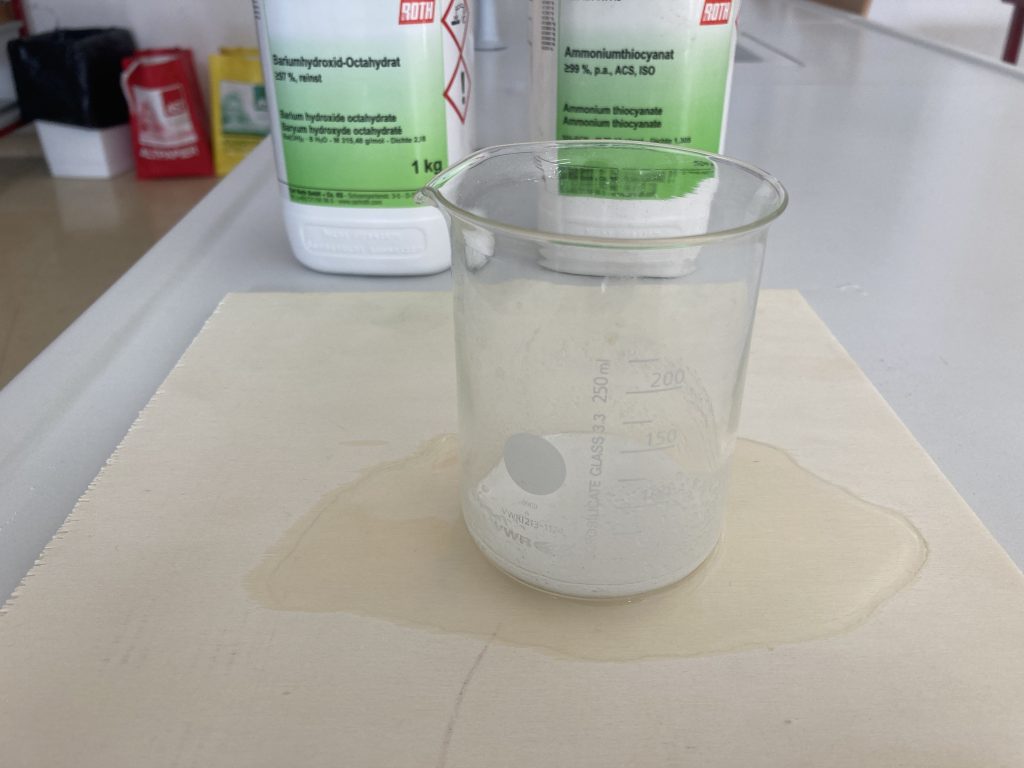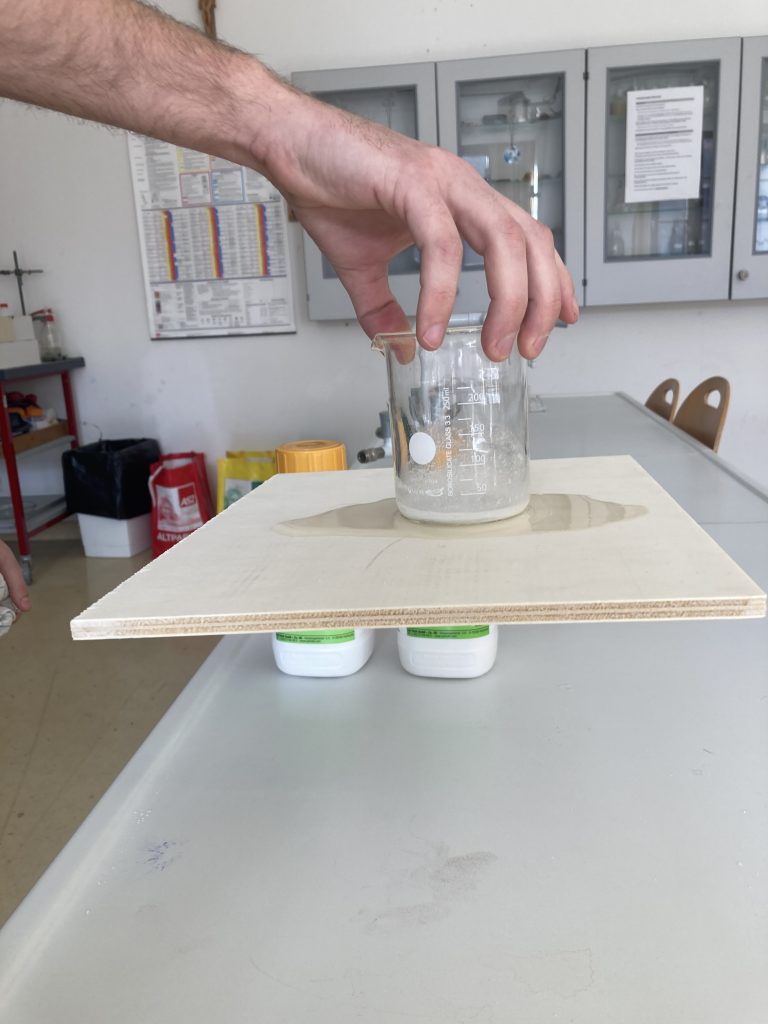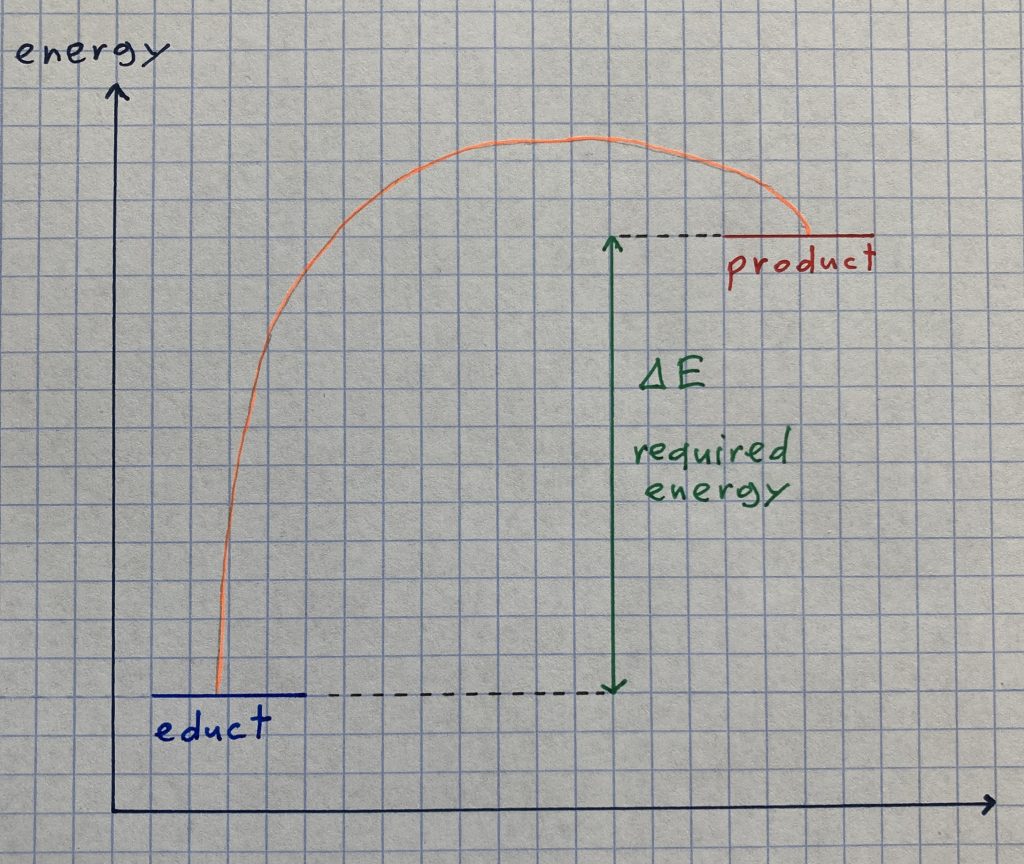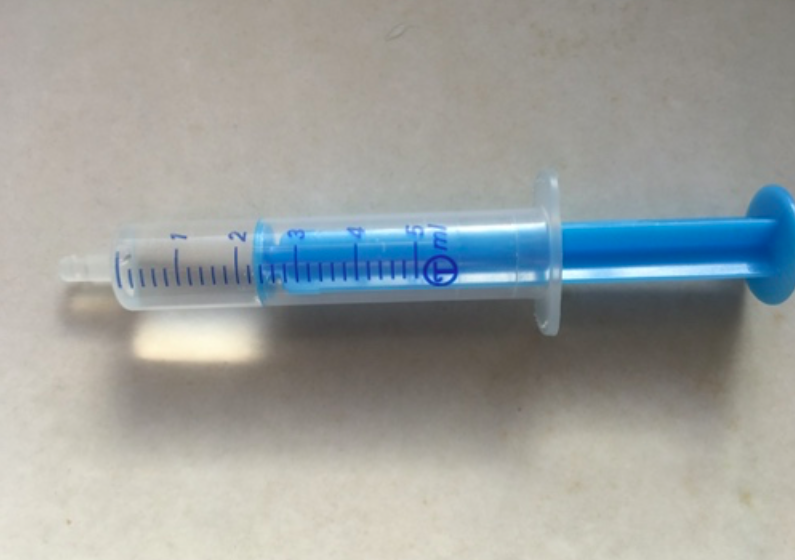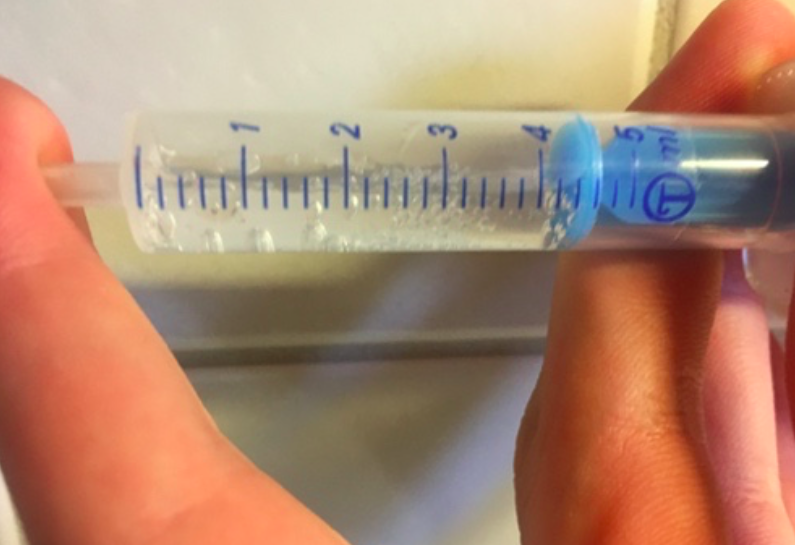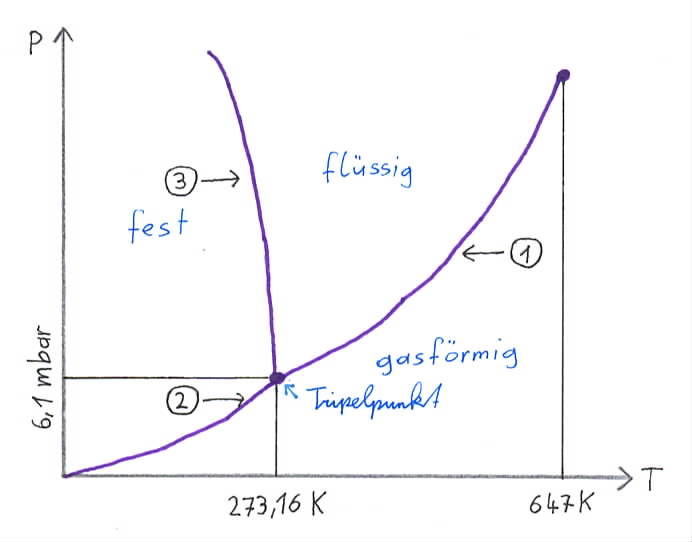von Johannes Kramlinger
Der Stirling-Motor ist ein relativ einfacher Heißluftmotor, der uns im Wahlpflichtgegenstand „Hands-on Experiments“ auf den ersten Blick fasziniert hat. Doch als Erstes stellt sich die Frage, wie dieser Motor überhaupt funktioniert.
Wie funktioniert ein Stirling-Motor?
Generell kann man das Funktions-Prinzip in 4 Sätzen erklären:
- In einem abgedichteten, von einer Seite beheizten Zylinder schiebt ein Kolben (Verdrängerkolben) die eingeschlossene Luft im ständigen Wechsel zwischen der heißen und der kalten Seite hin und her.
- Die Luft wird dadurch abwechselnd erwärmt und abgekühlt, was zu einer abwechselnden Ausdehnung und Zusammenziehung und damit auch zu einem abwechselnd höheren und niedrigeren Druck der Luft führt.
- Dieser pulsierende Luftdruckwechsel wird über einen mit dem Hauptzylinder verbundenen Kolben (Arbeitskolben) in die Bewegung einer Kurbelwelle mit Schwungrad umgesetzt: Überdruck schiebt ihn weg, Unterdruck saugt ihn an.
- Mit einem kleinen Teil der dabei erzeugten Energie wird auch der Verdrängerkolben bewegt, das System hält sich auf diese Weise selbst in Gang.
Versuch 1
Die Idee, einen Stirling-Motor zu bauen, erhielten wir durch ein Video auf YouTube. In diesem wurde der Bau sehr einfach gezeigt, allerdings stellte er sich schwieriger heraus als gedacht.
Wie man in dem Foto sehen kann, gibt es in dieser Variante keinen Arbeitskolben. Dies sollte jedoch kein Problem sein. Ein Problem war allerdings, dass der Zylinder eine Verengung an der Öffnung aufwies und es daher unmöglich war, den Kolben perfekt abzudichten und die Reibung des Kolbens gering zu halten. Dadurch ist viel Luft seitlich verlorengegangen. Dasselbe gilt auch für die Düse.
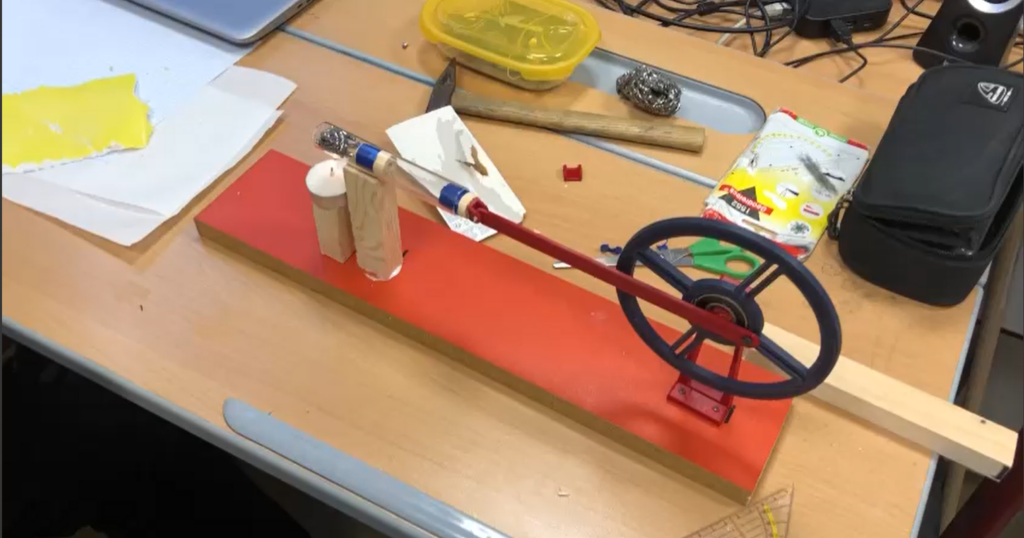
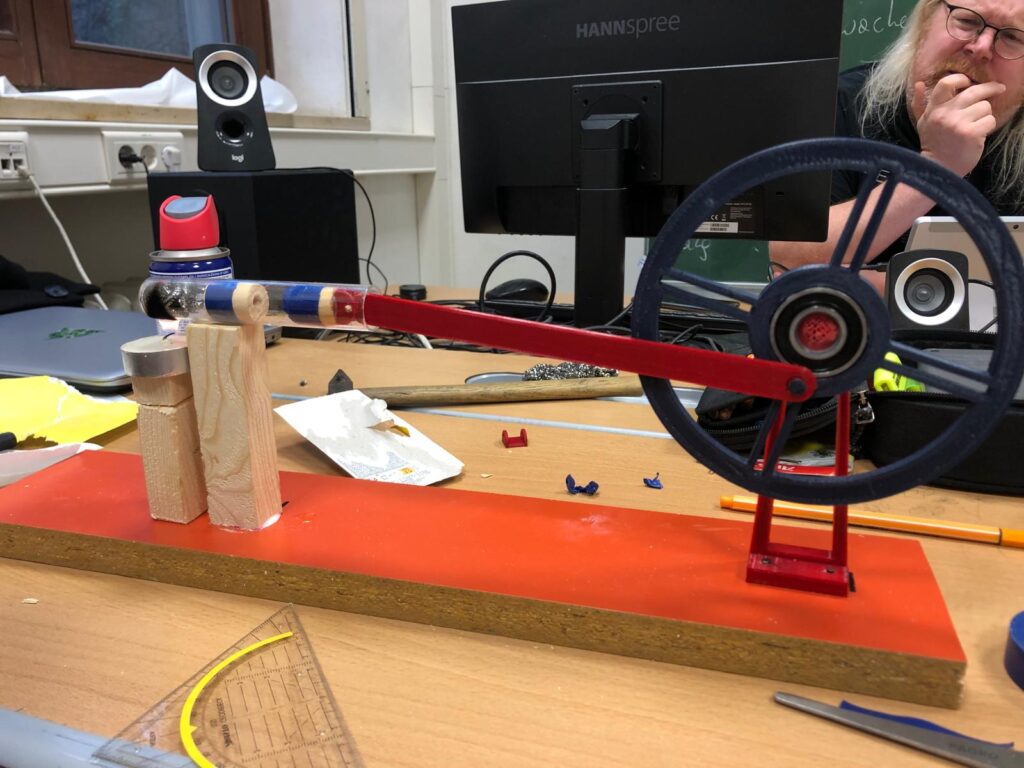
Versuch 2
Von einem ersten erfolglosen Versuch ließen wir uns natürlich nicht unterkriegen und unternahmen sofort einen weiteren Versuch. Nach einiger Zeit an Recherche stießen wir auf ein rein aus dem 3D-Drucker stammendes Modell, welches vor einigen Jahren von einem neuseeländischen Professor ins Internet gestellt worden war. Im nächsten Augenblick waren die Teile ausgedruckt und das Zusammenbauen konnte beginnen.
Nach den ersten Bauschritten erlebte die Motivation ein Hoch, da alle Beteiligten sehr zuversichtlich waren, dass dieses Projekt, welches uns nun schon seit einigen Stunden beschäftigte, nun endlich ein Ende hat. Als alle Teile verbaut waren und die Nerven bereits blank lagen, kam die schockierende Wendung: Der Motor funktionierte nicht. Uns blieb nur mehr eines übrig: Einstellungen verbessern. Tests unternehmen. Nochmal von vorne.
Nachdem wir viele Stunden experimentierten, schwand die Hoffnung. Schließlich wurde auch dieses Modell aufgegeben.
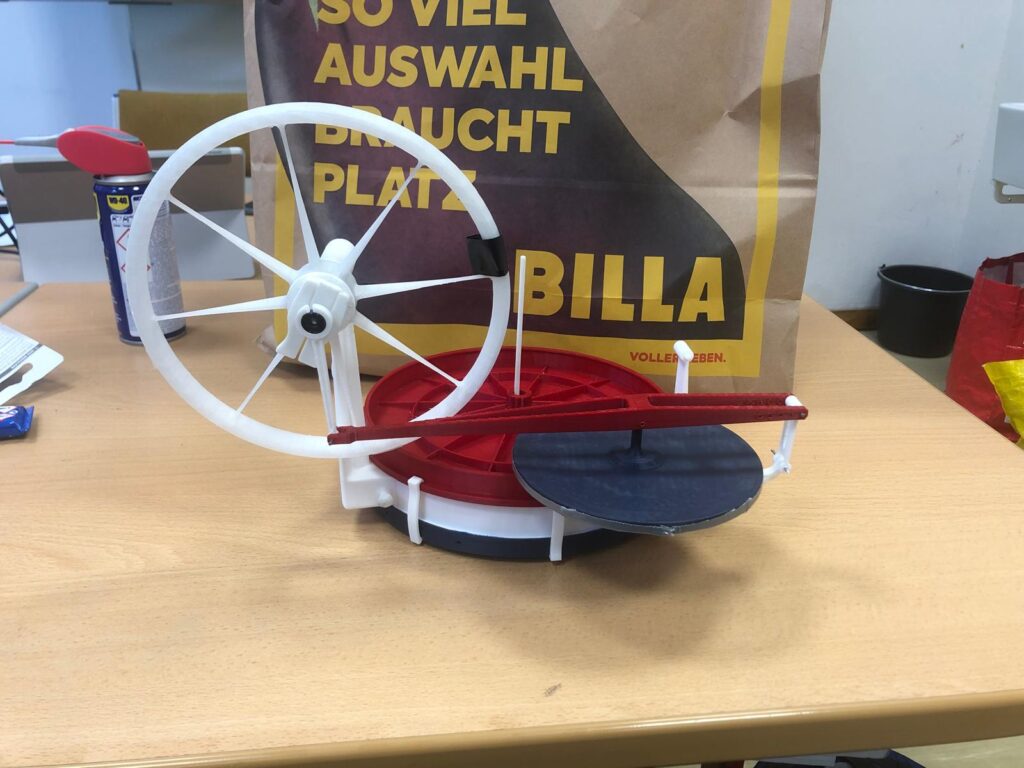
Ein sehr wahrscheinlicher Grund des Scheiterns war die Tatsache, dass wir nicht das im Original verwendete Material ABS (Acrylnitril-Butadien-Styrol), sondern alle Teile mit PLA (Polylactic Acid) gedruckt haben. Diese Materialien weisen nämlich verschiedene Schmelztemperaturen und, viel wichtiger, verschiedene Flexibilitäten auf.
Versuch 3
Nach dem vorherigen Versuch war der Wille, weiterzuarbeiten, sehr klein, doch unser Professor besorgte uns den Stirling-Motor Bausatz von AstroMedia (keine bezahlte Werbung). Unsere Hoffnung stieg noch ein letztes Mal an, da dies ein Bausatz ist und folglich funktionieren muss, oder?
Nachdem wir allen Schritten in der Anleitung gefolgt waren, kam es zu den ersten Tests. Wie bei den vorherigen Versionen war die Spannung groß und die Ernüchterung danach noch größer, denn auch dieser funktionierte nicht.
Jedoch gibt es auf der letzten Seite der Anleitung einige Tipps, denen man nachgehen kann, um ihn vielleicht doch noch zum Laufen zu bringen. In unserem Fall haben wir mit dem Wundermittel WD40 (ebenfalls keine bezahlte Werbung) den Arbeitskolben und die Verbindungen der Kolben zur Kurbelwelle eingefettet. Dann haben wir es noch einmal probiert. Und er lief, für circa 15 Sekunden.
Doch diese Zeit genügte, um uns ein letztes Mal zu motivieren, damit er schlussendlich wirklich funktioniert. Wir haben weitere Feinjustierung betrieben und mit Eiswürfeln den Temperatur-Unterschied erhöht. Und dieses Mal war es so weit: er lief, für circa 30 Minuten. Auch wenn laut Anleitung bis zu 60 Minuten möglich sind, waren wir mit der Hälfte der maximalen Zeit schon mehr als zufrieden.
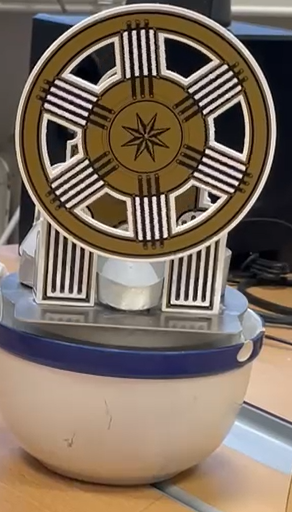
Fazit
Wir haben im Prozess des Arbeitens einiges festgestellt:
- Ein Stirling-Motor ist in der Umsetzung deutlich komplizierter und zeitaufwendiger als gedacht.
- Nur wenige kleine Fehler können ein solches Projekt bereits zum Scheitern verurteilen.
- Selbst mit einem professionellen Bausatz gibt es keine Garantie, dass es sofort funktioniert.
Allerdings war die Freude, nachdem der Motor endlich funktioniert hat, so groß, dass wir es jedem Interessierten empfehlen können.
Und wenn er noch nicht abgekühlt ist, dann dreht er sich noch heute.
Quelle:
Hünig, Klaus: Der Stirling-Motor. Bauanleitung. Waltrop, AstroMedia
Foto- und Videocredit: © by BRG Steyr Michaelerplatz

